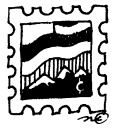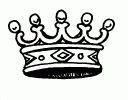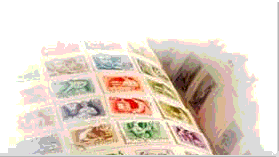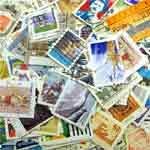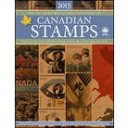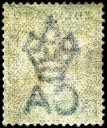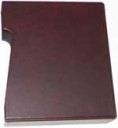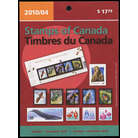
In a previous article we already discussed what a die-cut stamp is (see article: FAQ-What is a die-cut stamp?). Many of you have noticed when shopping for your Quarterly Packs that some stamps are described as «die-cut to shape from Quartely Pack». What does this mean?
Quarterly Packs are prepared by Canada Post as an easy way for collectors to procure all of the stamps issued in a year in tri-monthly installments. A Quarterly Pack contains
